After Tad Friend’s New Yorker piece, a few folks on the internet contested this line:
“Every four pounds of beef you eat contributes to as much global warming as flying from New York to London—and the average American eats that much each month.”
Justin Fox writing for Bloomberg helps clear up the confusion:
That last bit is actually an understatement: per-capita beef consumption in the U.S. was 4.7 pounds per month in 2017, according to the U.S. Department of Agriculture.
[…]
With help from an explanation by the article’s author, Tad Friend, I have since been able to get to four, although only by using a flight-emissions calculator that delivers much lower numbers than the others I consulted. The source of Friend’s estimate for beef’s climate impact was one I had already come across: a December 2018 article in the journal Nature 1 that put it at 188 kilograms of carbon-dioxide-equivalent emissions per kilogram of beef. That’s based on the weight of the carcass, about 70% of which actually makes it onto people’s plates, so 269 kilograms of emissions per kilogram of beef was the number Friend used.
At either 188 or 269, this is a lot higher than other estimates of beef’s per-kilogram impact that have been making the rounds. The Food and Agriculture Organization of the United Nations (whose estimates are discussed in more detail below) says it’s 48.7 kilograms, carcass weight. Researchers at the U.S. Department of Agriculture recently put it at 21.3 kilograms for U.S. cattle operations. A 2012 survey of past studies by Dutch government researchers found a range of 9 to 122 kilograms. Nine kilograms carcass weight is about 13 at the grocery store. Compare that to the flight-related emissions calculated by the Swiss nonprofit myclimate and it would take 70 kilograms, or 154 pounds, of such beef to equal the climate impact of an economy flight from New York to London.
Why do the estimates vary so widely? A lot depends on how the cattle are raised. Modern intensive agricultural methods are usually judged to be more climate-friendly than traditional or organic ones — a finding that deserves a separate exploration. But in the case of “Assessing the efficiency of changes in land use for mitigating climate change,” the title of the 2018 Nature article, the really big differences have to do with, you guessed it, assessing the efficiency of changes in land use. Which is worth diving into, because it so nicely illustrates the complications of any such calculation.
Calling it now: calculating the efficiency of beef and its relationship to our environment is going to be America’s new favorite wedge issue. I look forward to it dividing yours and my Thanksgiving tables annually.
